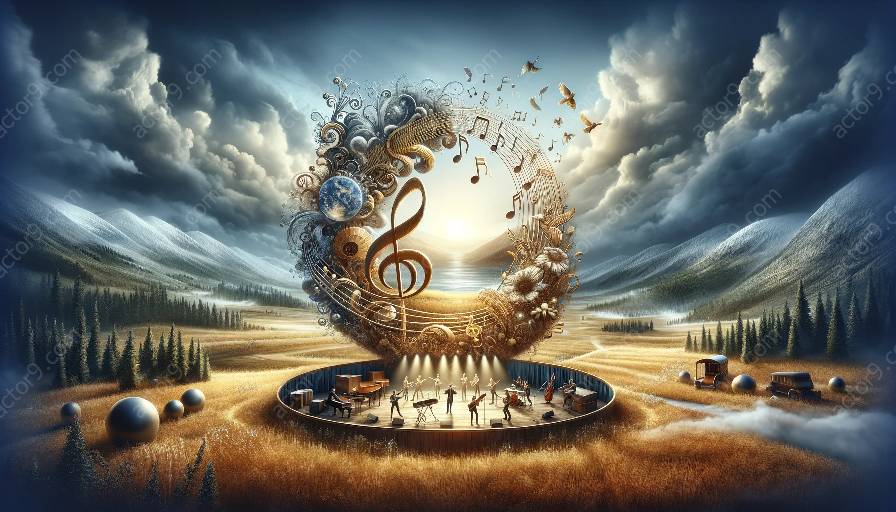Circus arts and other performing arts rely heavily on music to enhance the overall experience for audiences. Music plays a crucial role in setting the mood, evoking emotions, and enhancing the physical and visual elements of a performance. In this topic cluster, we will explore the unique role of music in circus performances and compare it with music in other performing arts.
Role of Music in Circus Performances
Music is an integral part of the circus experience, serving as a powerful tool to captivate and engage audiences. In circus performances, music has the ability to synchronize with the acrobatics, aerial acts, and other circus elements, creating a seamless and immersive experience. It sets the rhythm for the performers, amplifies the excitement of stunts, and builds suspense during daring feats.
Furthermore, music adds depth and emotion to the storyline of circus acts, enriching the narrative and connecting audiences to the performers' experiences. Whether it's a high-energy performance or a poignant moment, the right musical accompaniment can elevate the impact of the circus show.
Music in Circus Arts vs. Other Performing Arts
Creative Integration
One significant difference between music in circus arts and other performing arts is the creative integration of music with physical stunts and acts. In circus arts, music is not just a background accompaniment; it is intricately woven into the performance, often serving as the driving force behind the physical feats. In contrast, while music is essential in other performing arts such as theater and dance, it typically plays a supporting role rather than being integrated as a primary component of the physical performance.
Immersive Experience
Another key distinction is the immersive nature of music in circus arts. Circus performances aim to transport audiences into a world of wonder and astonishment, and music serves as a vital tool in achieving this goal. The synchronized combination of music, acrobatics, and visual effects creates a multisensory experience that is unique to circus arts. In contrast, other performing arts often rely on music to enhance the emotional and thematic elements of a production, but the immersive and interactive nature of circus arts sets it apart in terms of musical integration.
Collaborative Harmony
While both circus arts and other performing arts require collaboration between performers and musicians, the nature of this collaboration differs. In circus arts, the performers often have a direct and dynamic relationship with the music, with the rhythm and tempo of the performance closely tied to the actions of the acrobats, aerialists, and other circus artists. This level of synchronization and mutual dependence between the physical performance and music is a defining characteristic of circus arts. In comparison, in other performing arts, the relationship between music and performers is often more structured, with set cues and timing that are meticulously choreographed.
Conclusion
Music plays a pivotal role in both circus arts and other performing arts, contributing to the overall impact and emotional resonance of live performances. While the role of music may differ in the two domains, both rely on music to create captivating and memorable experiences for audiences. Understanding the unique interplay between music and performance in circus arts enriches our appreciation for the art form and highlights the distinctiveness of musical integration in the circus world.


































